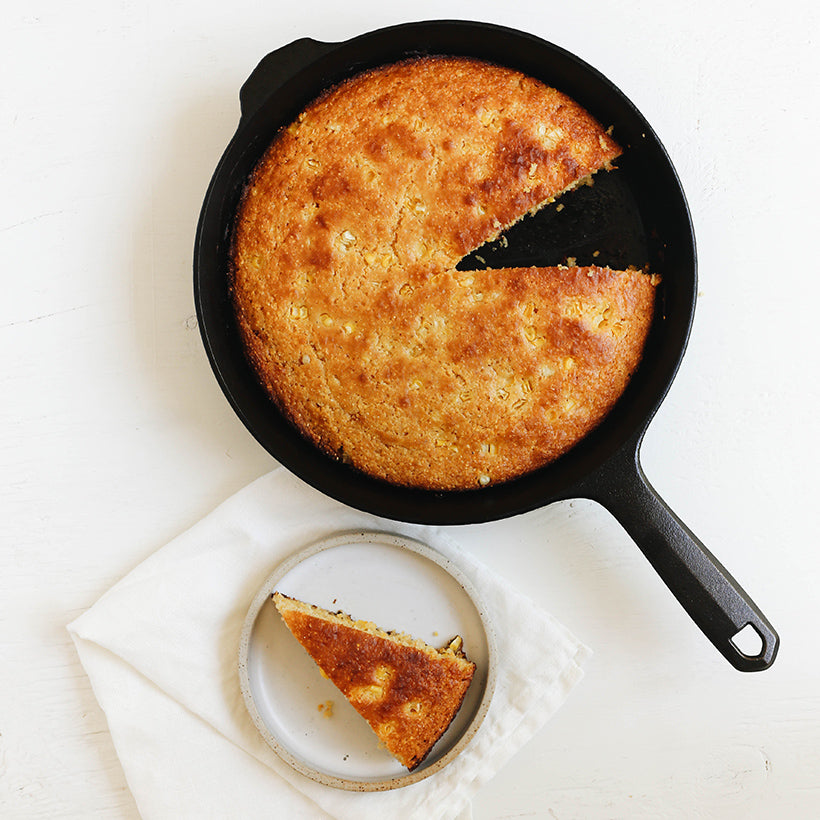Regular vs. cast iron skillet mac and cheese
In the world of comfort food, mac and cheese might just be the most hearty, gooey, and inviting dishes out there. Mac and cheese is an ideal American food, sure to prompt nostalgic memories of childhood and provide mac and cheese lovers with something visceral that they want to recreate as adults.
While mac and cheese is relatively simple to make—relying on standard ingredients you probably already have in your kitchen like pasta shells, cheese, and butter—there are a few steps you can take to render the standard dish an immaculate, gourmet meal. Mac and cheese fresh out of the pot is already delicious on its own, but baking it takes it to an entirely new level, bringing in another crunchy, golden brown texture which contrasts the creamy, cheesy pasta perfectly.
Pros and cons of making mac and cheese in a cast iron skillet
There is no better vessel to yield a perfect baked mac and cheese than a cast iron skillet. Cast iron skillet mac and cheese is the ideal way to make this beloved dish because cast iron skillets make it easy to transfer from stovetop to oven: you can make your sauce in the skillet, and then immediately transfer to the oven to bake. This makes for both a simpler cooking process, and easier cleanup.
The best part about this cast iron skillet mac and cheese recipe is no doubt the contrast between the crispy, perfectly browned edges, and the luscious, cheesy center. Cast iron skillets have very even temperature distribution, which is a great way to achieve the perfect end result. Using this sort of skillet is also extremely versatile as you can use your skillet over a campfire, or on the grill at a barbecue.
Field cast iron skillets also make for great serving vessels, so you can devour your delicious pasta straight out of the pan. Perhaps the only downside of cooking baked mac and cheese in a cast iron skillet might be bits of cheese and breadcrumbs getting stuck to your dish, but this can easily be alleviated with the assistance of a Field cast iron care kit.
How to make skillet mac and cheese?
Comfort food doesn’t get more simple or savory than this one-skillet side dish. Toasted breadcrumbs provide crunch as well as extra bite with smoked paprika. Cheddar makes for an old-fashioned baked mac and cheese with crispy edges and a gooey center, but just about any cheese would work well in its place. Here at the Field Company, we can vouch for this recipe as one of the best cast iron mac and cheese recipes out there.





